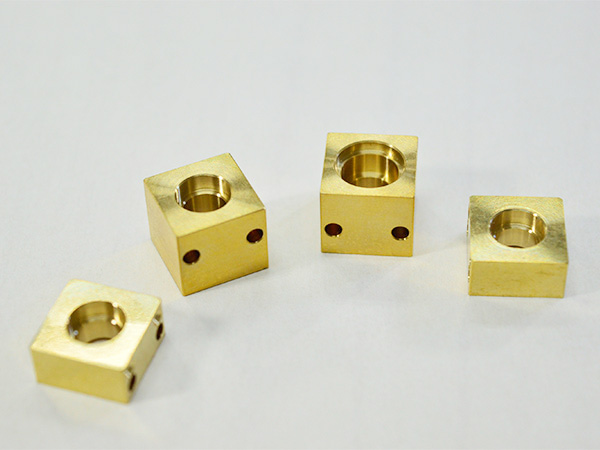What are the factors that affect the surface roughness of cutting in precision parts machining?
1. The influence of cutting force and friction. When precision parts are machined and cut, the rounded corners of the cutting edge of the tool and the compression and friction on the side facing the workpiece can cause plastic deformation of the metal material, resulting in distortion or deepening of the existing residual area, increasing surface roughness and causing brittle materials to be machined. At this time, the chips become broken particles, and the machined surface often shows signs of particle collapse, leaving many pits and making the surface rough.
2. The impact of debris tumors. When the cutting tool cuts plastic at a certain speed, some small particles on the chips will adhere to the tip of the front cutting surface, forming a high hardness accumulation edge that can replace the front cutting surface and cutting edge for cutting.

When the frictional force between the chips and the stacking edge is greater than the cold welding strength between the stacking edge and the front cutting surface, or when it is subjected to impact or vibration, the stacking edge will fall off, and a new - up edge will gradually be generated in the future. The formation, growth, and detachment of stacked edges can seriously affect the surface roughness of parts.
3. The impact of scales and thorns. During the cutting process, due to the friction and cold welding of chips on the cutting surface during precision part machining, the chips will periodically stay on the front cutting surface, thereby squeezing the newly machined surface. In severe cases, the surface may tear. On the surface, squamous spines form, making the surface rough and uneven.
Due to the influence of the above physical factors on roughness, in order to reduce surface roughness, in addition to reducing plastic deformation caused by cutting forces, it is necessary to avoid the accumulation of tumors and scales during precision part machining.
The main process measures are to choose a cutting speed that is not prone to accumulation of edges and spikes, improve the cutting performance of the material, and correctly select cutting fluids.
 15899916733 Mr.Wang /15850138436 Mr. Hong
15899916733 Mr.Wang /15850138436 Mr. Hong wangchuntao815@126.com
wangchuntao815@126.com 15899916733 Mr.Wang /15850138436 Mr. Hong
15899916733 Mr.Wang /15850138436 Mr. Hong wangchuntao815@126.com
wangchuntao815@126.com







